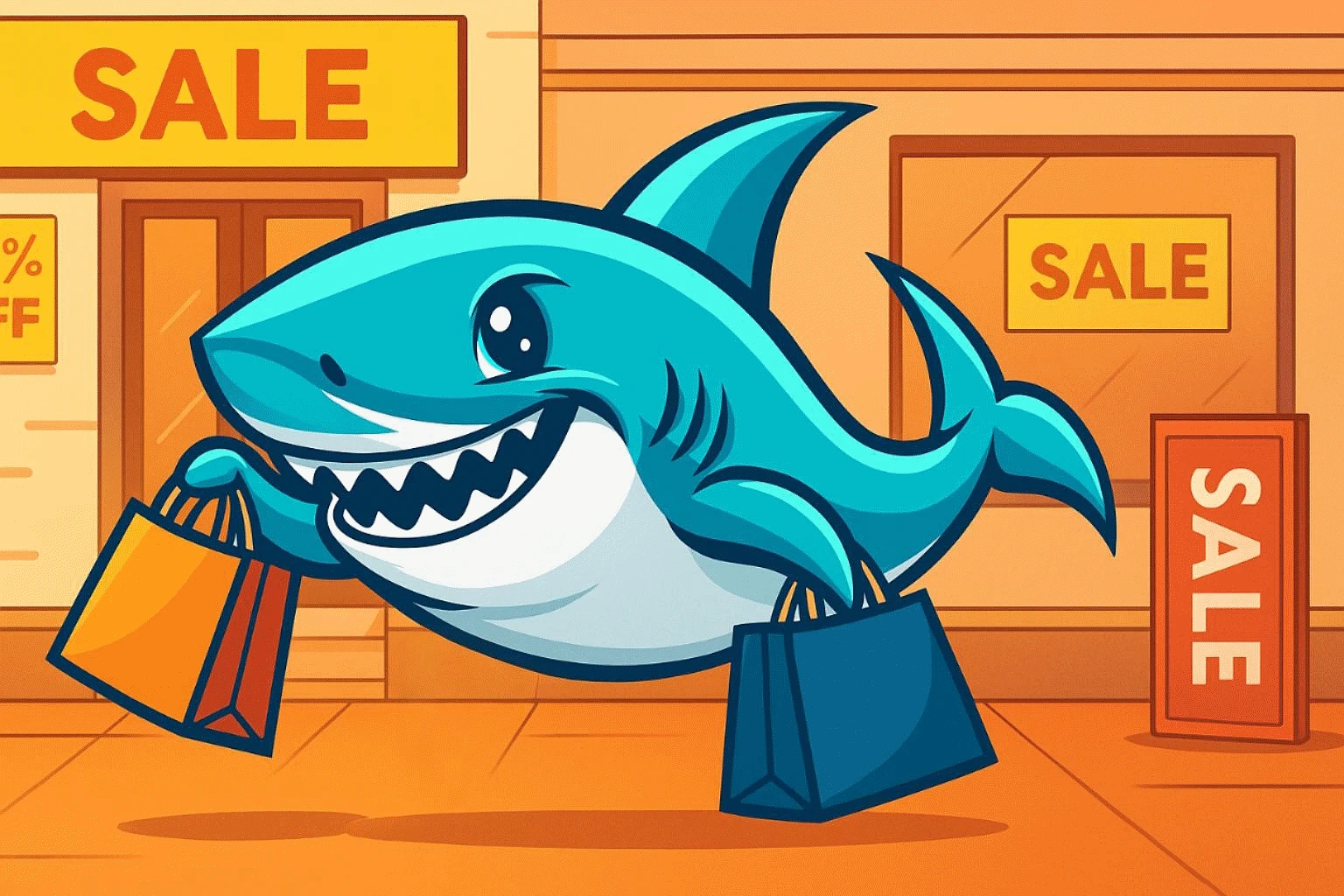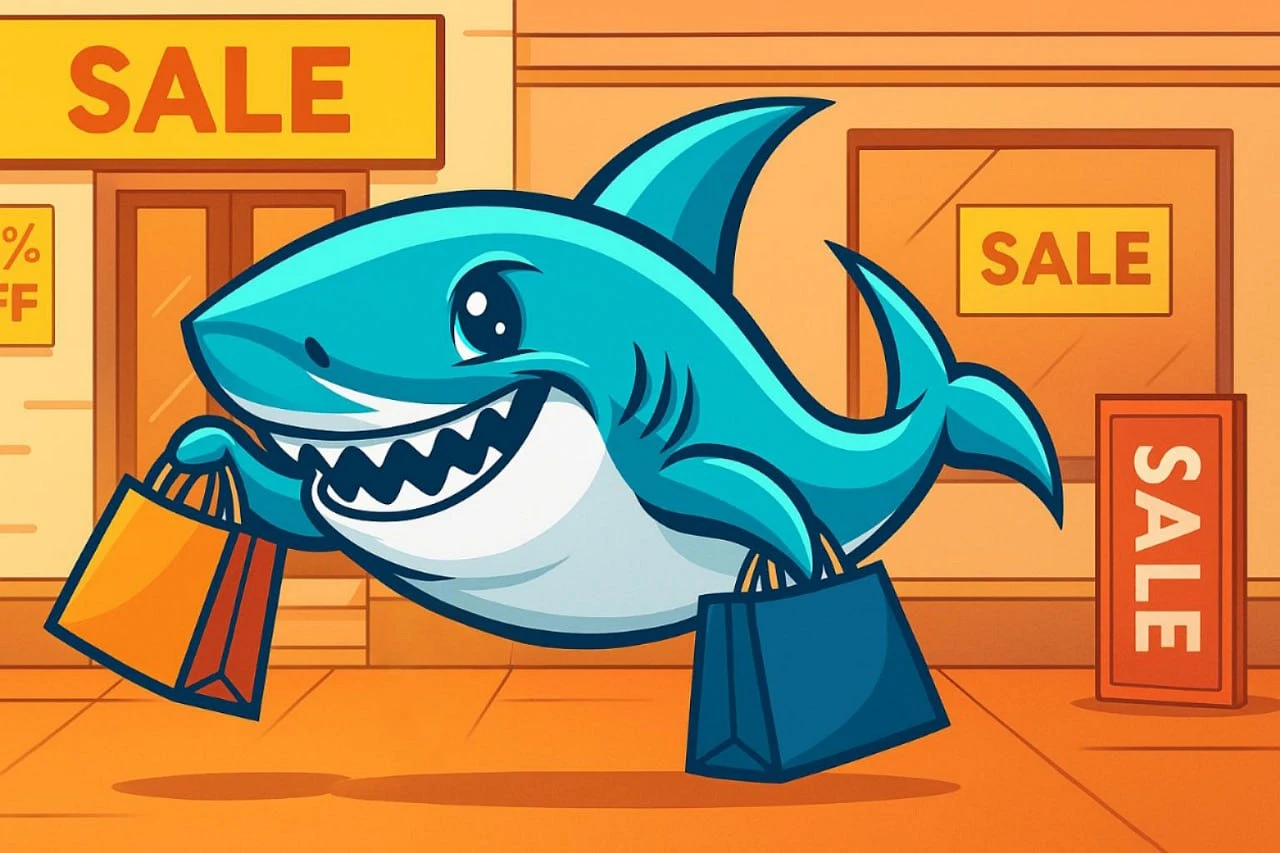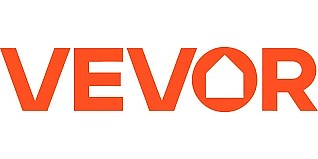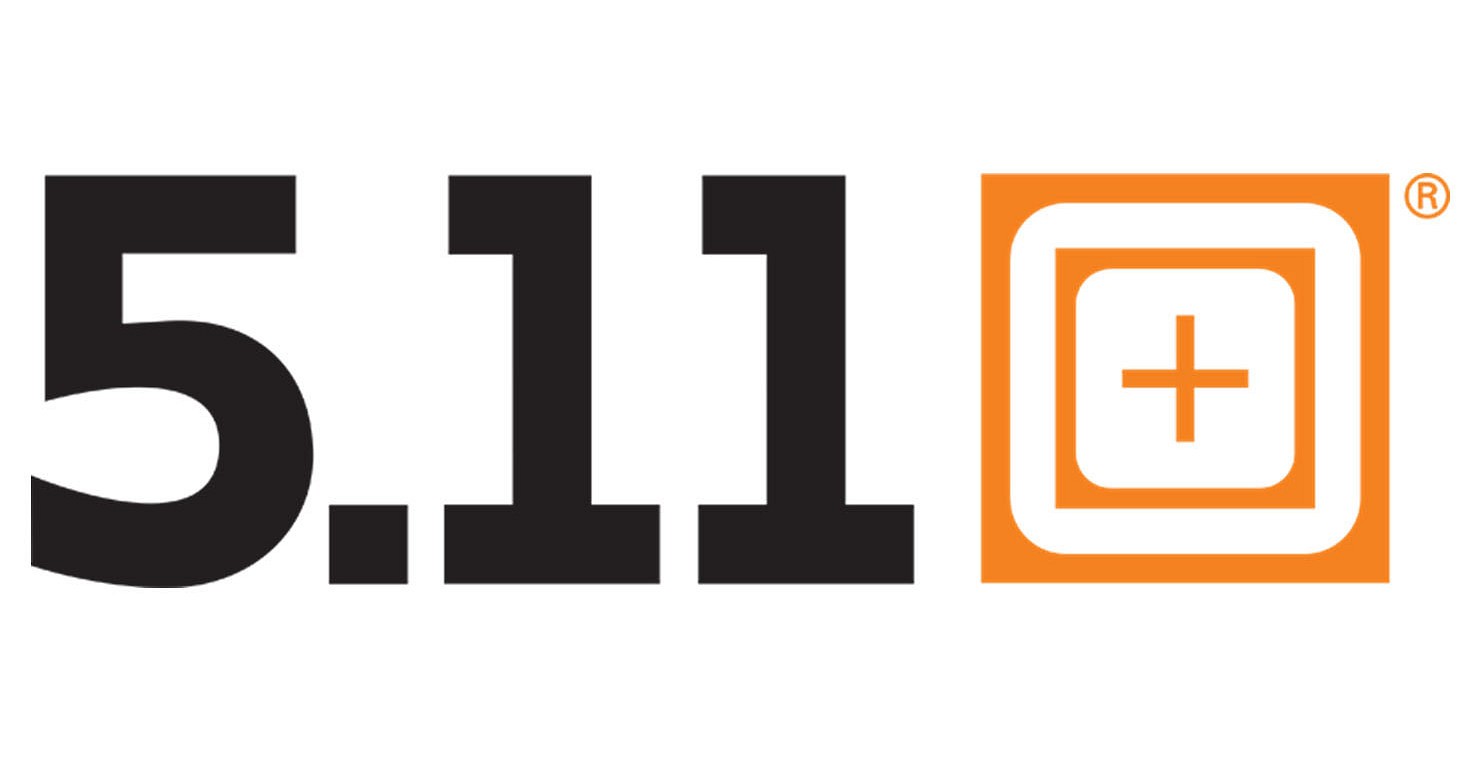TL;DR
Quick Reference for major sales:
|
Sales Event |
Timing |
Best Categories |
Average Discounts |
|
Amazon Prime Day |
July & October |
Electronics, Home goods |
20-50% |
|
Black Friday |
November (post-Thanksgiving) |
Electronics, Appliances |
30-70% |
|
Cyber Monday |
Monday after Thanksgiving |
Tech, Online exclusives |
25-60% |
|
11.11 Singles' Day |
November 11 |
Everything (China-focused) |
20-80% |
|
Back to School |
July-August |
School supplies, Tech |
15-40% |
|
Christmas Sales |
November-December |
Gifts, Winter items |
20-50% |
Major Retail Seasonal Sales Events
Amazon Prime Day
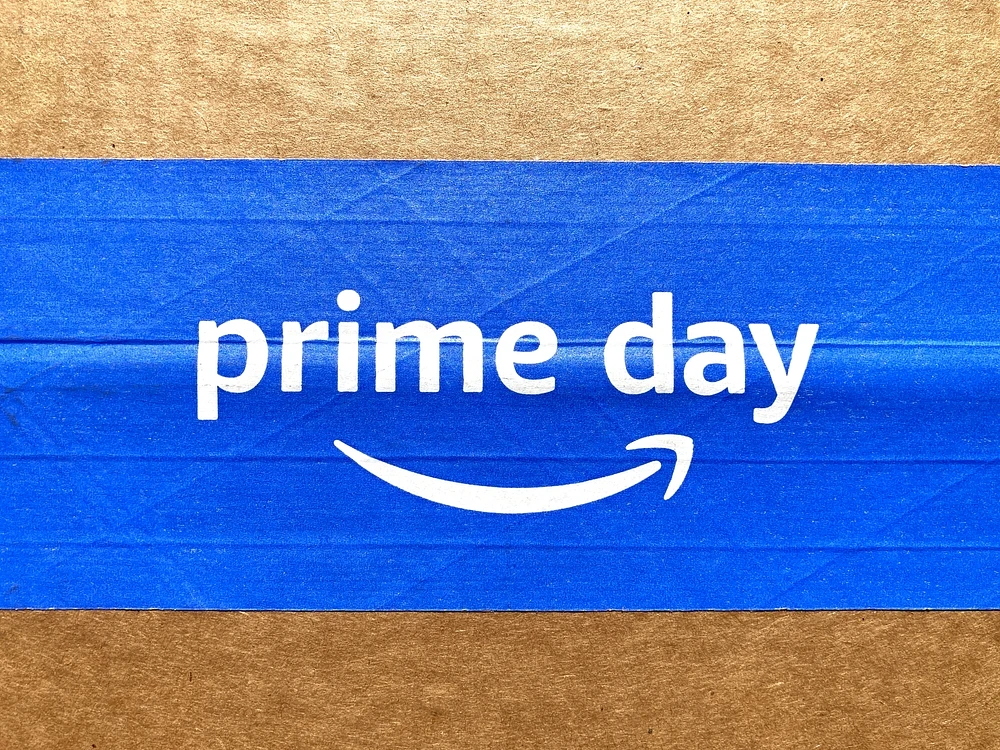
Conceived in 2015 for Amazon’s 20th anniversary, Prime Day has metastasized. It’s no longer a day; it’s a recurring sales season.
-
Timing and Format: The main event anchors in July, but Amazon now frequently rolls out additional "Prime" days, like October’s Prime Big Deal Days. The format has shifted from a frantic 24-hour rush to a more prolonged 48-hour window.
-
Product Categories: Expect deep cuts on electronics, always. Amazon’s own hardware—Echo, Kindle, Fire tablets—consistently hits annual lows. Home goods, fashion, and beauty also feature heavily.
-
Strategic Importance: The event is a masterclass in ecosystem lock-in. Its primary goal is driving Prime subscriptions. It also funnels users toward Amazon’s private-label brands and generates a massive, invaluable dataset on consumer behavior. Third-party sellers are now integral, making the entire marketplace a participant.
-
Shopping Strategy: A Prime membership is your entry ticket. The real pros use price-tracking history tools to distinguish genuine discounts from inflated markdowns. Creating a wishlist ahead of time is basically mandatory.
Black Friday

Its origins are murky, traced to 1960s Philadelphia police describing post-Thanksgiving traffic chaos. Retailers co-opted the term, building it into a cultural behemoth.
-
Evolution and Timing: The traditional midnight stampede is fading. Sales now commonly bleed into Thanksgiving evening and often launch online weeks in advance, diluting the single-day frenzy.
-
Doorbusters and Strategy: "Doorbusters" are the key tactic. These limited-quantity, rock-bottom items are loss-leaders designed to pull crowds into physical stores. The real profit is made on subsequent full-margin purchases.
-
Consumer Behavior: It’s a ritual. Some families plan routes like a military campaign; others camp out. The online shift has reduced physical chaos, but not the competitive fervor.
-
Best Practices: Research is critical. Many "Black Friday models" are manufactured with cheaper components to hit a price point. Focus on needs, not the hype.
Cyber Monday
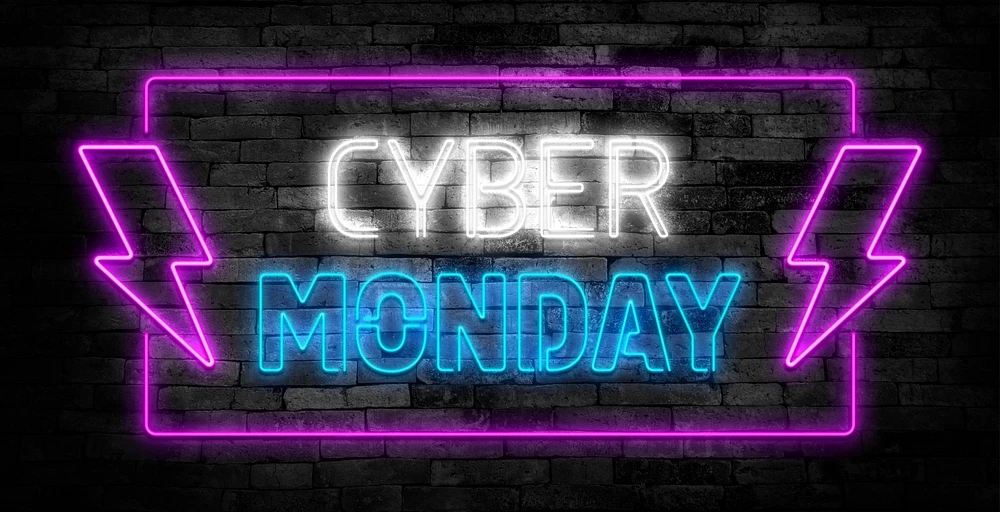
Coined in 2005 by a retail trade group, they noticed a spike in online sales the Monday after Thanksgiving, attributed to people using faster work computers.
-
Digital Focus: This day is e-commerce’s answer to Black Friday. Pure-play online retailers, software firms, and digital service providers lead the charge.
-
Product Categories: Tech reigns supreme: computers, peripherals, phones. It’s also a prime time for discounts on software subscriptions and online courses.
-
Comparison with Black Friday: The distinction has blurred into a five-day "Black Friday Cyber Monday" (BFCM) event. However, pure tech deals can still be sharper on Monday.
11.11 Singles' Day
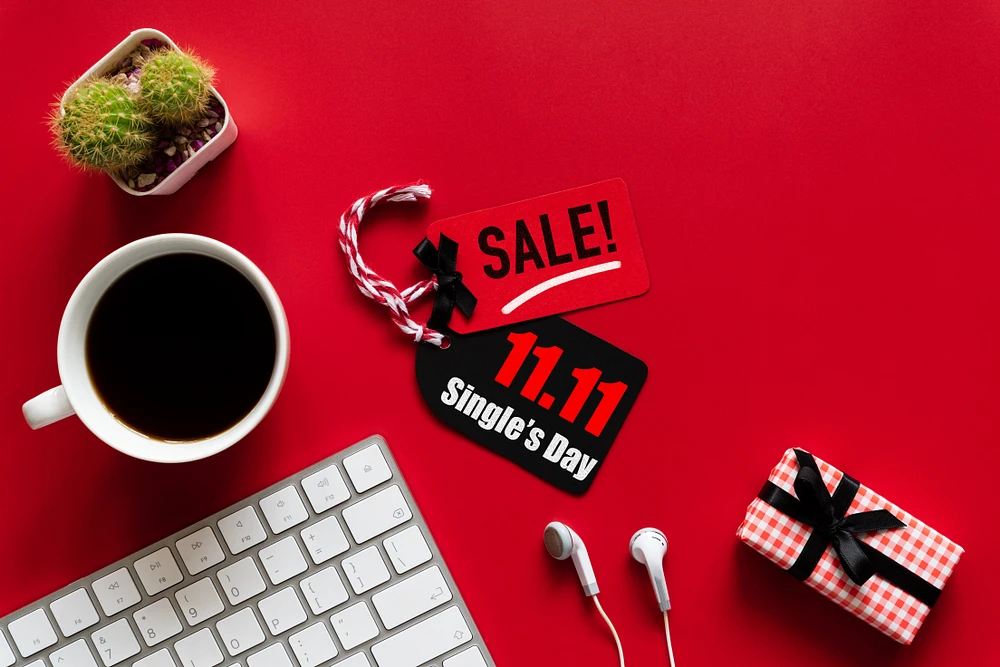
Alibaba took a tongue-in-cheek anti-Valentine's day from Chinese students and engineered the planet's largest retail event. Its revenue dwarfs Black Friday and Cyber Monday combined.
-
Global Expansion: While its core is the Chinese market, its scale forces international brands to participate. Its model has inspired copycat events worldwide.
-
Scale and Magnitude: The numbers are staggering. Alibaba’s platforms process tens of billions in 24 hours. The event is a spectacle, driven by live-stream shopping, celebrity hosts, and gamified discounts.
-
Product Range: It’s a category agnostic event. Everything from daily groceries to luxury cars is discounted.
Back to School Sales

This season leverages a non-negotiable, annual need. It’s a functional shopping period for students and parents gearing up for the academic year.
-
Timing Patterns: Promotions start in mid-summer (July), peak in August, and for college students, extend into September. Timing is region-specific, tied to local school schedules.
-
Target Categories: Core supplies—notebooks, backpacks, clothing—see standard discounts. The big-ticket items are technology: laptops, tablets, and software often have dedicated educational pricing.
-
Strategic Importance: This is the second-largest shopping season after winter holidays. Retailers target younger demographics to build brand loyalty that could last a lifetime.
Christmas and Holiday Sales

The granddaddy of them all. The period from Thanksgiving to New Year’s can account for ~20% of a retailer’s annual revenue.
-
Gift-Focused Strategy: The dynamic shifts from personal need to gift-giving. Retailers respond with curated gift guides, product bundles, and wrapping services.
-
Christmas in July: A tactical inversion. Some retailers run summer promotions to move holiday-specific inventory like decorations or winter apparel and to smooth out quarterly revenue.
-
Post-Holiday Clearance: December 26th kicks off the true clearance season, aimed at liquidating leftover holiday stock. Sales are then fueled by the redemption of gift cards received as presents.
Additional Seasonal Sales Events
New Year's Sales
New Year sales target consumers with gift cards, return money, and resolution-driven purchases. Fitness equipment, organizational products, and self-improvement items see increased demand.
Timing Advantage:
Retailers benefit from post-holiday inventory clearance needs while consumers have cash from gifts and bonuses. This creates natural supply-demand alignment.
Spring Sales Events
-
Valentine's Day: Jewelry, flowers, chocolates, and romantic gifts see promotional pricing leading up to February 14th.
-
President's Day: Originally focused on appliances and cars, President's Day sales now cover broader categories including clothing and home goods.
-
Easter Promotions: Spring clothing, outdoor equipment, and family-oriented products feature in Easter sales periods.
Summer Sales Events
-
Memorial Day: Traditionally marks the beginning of summer sales season. Outdoor furniture, grills, and vacation-related items see significant discounts.
-
Fourth of July: Patriotic themes combine with summer product promotions. Outdoor entertainment and summer clothing dominate.
-
Labor Day: Marks the end of summer with clearance pricing on seasonal items and back-to-school promotions.
Specialty Shopping Events
-
Green Monday: eBay created Green Monday as the "last chance" holiday shopping day, typically falling on the second Monday in December. Online retailers heavily promote this as the final opportunity for guaranteed holiday delivery.
-
Flash Sales: These unscheduled, time-limited promotions create urgency through scarcity. Fashion retailers and daily deal sites frequently use flash sales to move specific inventory quickly.
Frequently Asked Questions About Seasonal Sales
What’s in it for stores when they run seasonal big sales?
Think of it as a strategic reset. They clear out old inventory—stuff that’s literally costing them money in storage—to make room for new products. It’s a huge customer grab; a well-run sale can turn a first-time shopper into a regular. Plus, the revenue spike helps with annual financial planning. Crucially, these events are a goldmine of data, revealing what customers actually want and what they’re willing to pay.
How early do companies need to get ready for sales?
For massive events like Black Friday, prep starts half a year out. It’s a massive logistical operation. They have to forecast demand, source the inventory, and craft marketing campaigns with enough lead time to test what works. The entire supply chain, from manufacturers to shippers, gets stressed. Starting late means empty shelves and delayed orders, which is a surefire way to tank customer trust.
When can you actually find the steepest discounts?
Black Friday and Cyber Monday still win for sheer volume across categories. But niche sales often have better deals on specific items. Need a new laptop? Back-to-school and Black Friday are prime. For clothes, shop at the end of the season. Home goods? Look for "spring cleaning" promotions. The key is timing your purchase to the product’s natural lifecycle.
Is the stuff on sale worse?
Generally, no. Most sale items are the same quality. The catch is with special "doorbuster" models. Retailers commission cheaper versions with fewer ports, less memory, or older components just for these events. Do your homework: check the exact model number against standard versions. Often, last year’s model at a deep discount is a smarter buy than a flashy new but stripped-down one.
What’s the best way to avoid fake deals?
Use a price tracker. Browser extensions can show you a product’s price history so you spot inflated "original" prices. Never buy from just one store; cross-check competitors. Most importantly, fight the impulse buy. If you weren’t already planning to buy it, it’s not a deal—it’s just spending. For big-ticket items, calculate the cost-per-use to gauge real value.
What’s the actual difference between Black Friday and Cyber Monday now?
Originally, Black Friday was the in-store madness, and Cyber Monday was for online tech deals. That line is totally blurred. Now, it’s all just a five-day marathon of discounts, both online and off. Retailers rolled the two into one long holiday weekend event.
